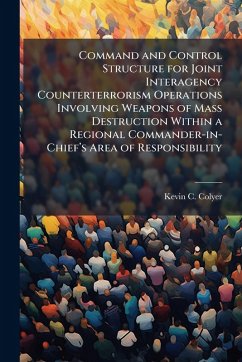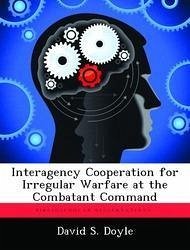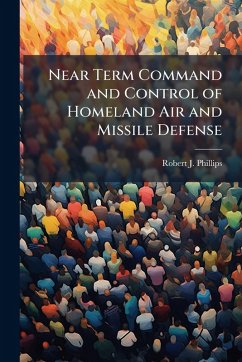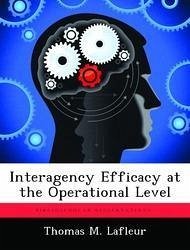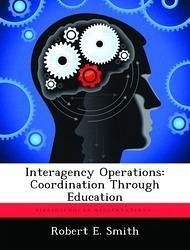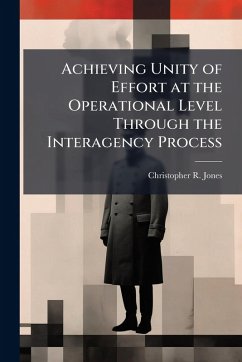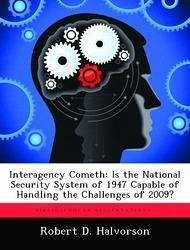
An Interagency Command for Homeland Protection
Taking the Next Steps to Integrate Defense and Security at the Operational Level
Versandkostenfrei!
Versandfertig in über 4 Wochen
14,99 €
inkl. MwSt.

PAYBACK Punkte
7 °P sammeln!
Since September 11, 2001, re-organization within the United States Government has dominated the homeland security agenda. While this strategic focus is required, it has left numerous questions unanswered at the operational level. After four years, these new organizations are still wrestling with fundamental questions that require definitive answers in order to shape an effective homeland security and homeland defense solution. This paper provides an evaluation of the terms defense and security, related interagency perspectives, and recent exercises that highlight operational command and contro...
Since September 11, 2001, re-organization within the United States Government has dominated the homeland security agenda. While this strategic focus is required, it has left numerous questions unanswered at the operational level. After four years, these new organizations are still wrestling with fundamental questions that require definitive answers in order to shape an effective homeland security and homeland defense solution. This paper provides an evaluation of the terms defense and security, related interagency perspectives, and recent exercises that highlight operational command and control as a challenge. This review also highlights several inconsistencies that must be addressed before further steps can be taken to streamline an overarching operational construct. Several items are discussed which shape a solution to this interagency command and control problem. Most prominently is the evaluation of pros and cons of an interagency command at the operational level. This work has been selected by scholars as being culturally important, and is part of the knowledge base of civilization as we know it. This work was reproduced from the original artifact, and remains as true to the original work as possible. Therefore, you will see the original copyright references, library stamps (as most of these works have been housed in our most important libraries around the world), and other notations in the work. This work is in the public domain in the United States of America, and possibly other nations. Within the United States, you may freely copy and distribute this work, as no entity (individual or corporate) has a copyright on the body of the work. As a reproduction of a historical artifact, this work may contain missing or blurred pages, poor pictures, errant marks, etc. Scholars believe, and we concur, that this work is important enough to be preserved, reproduced, and made generally available to the public. We appreciate your support of the preservation process, and thank you for being an important part of keeping this knowledge alive and relevant.



